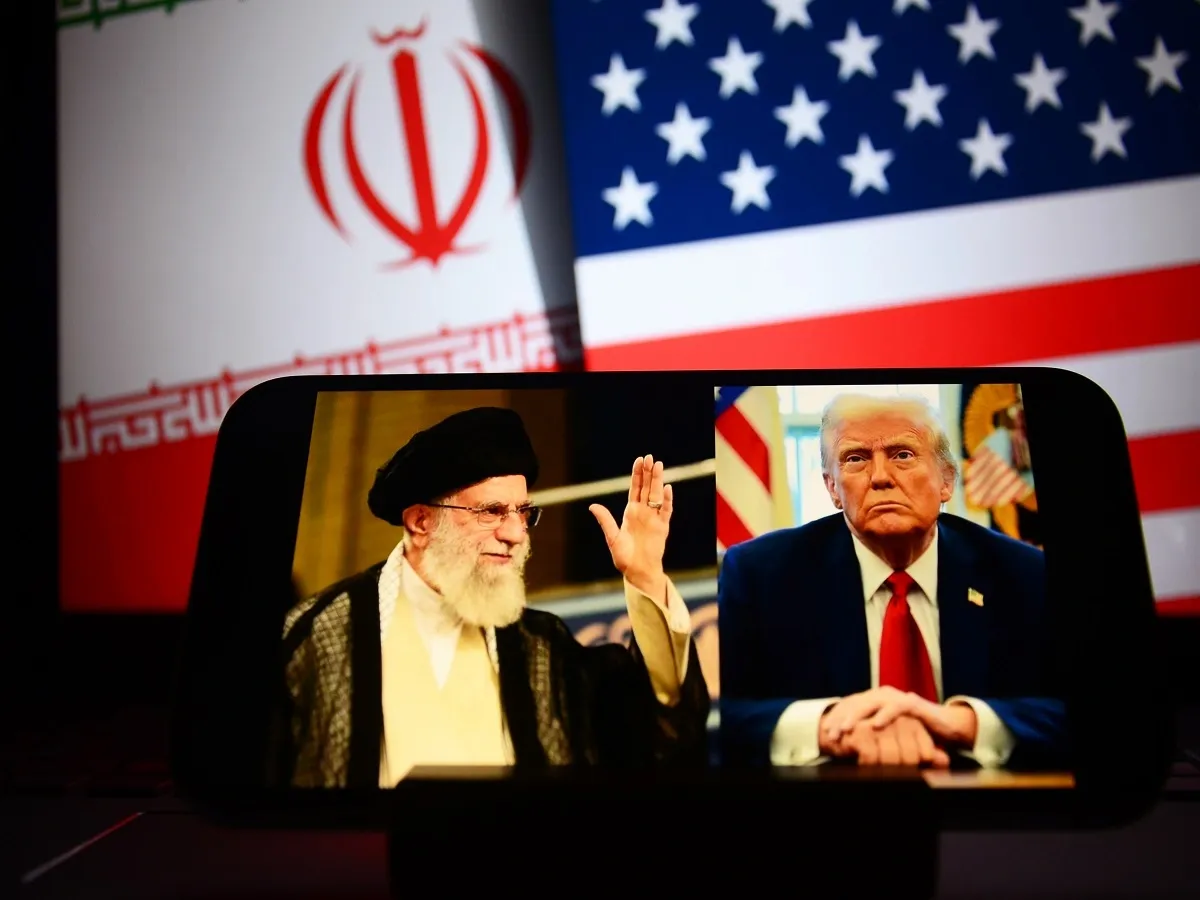Business News
Israel-Iran war: 4 options before Tehran after US bombs key nuclear facilities

3 min read | Updated on June 22, 2025, 13:53 IST
SUMMARY
After the US military bombed three of Iran’s key nuclear sites, Tehran could resort to four possible responses: disrupting oil traffic in the Strait of Hormuz, attacking US bases and Gulf allies, activating regional proxy forces, or accelerating its nuclear weapons program.

Iran's supreme leader Ayatollah Ali Khamenei, who crushed internal threats repeatedly during more than three decades in power, now faces his greatest challenge yet.
After US warplanes struck three of Iran’s most important nuclear sites in an unprecedented escalation of the war between Israel and Iran, Tehran faces a stark choice: strike back and risk a regional war or hold its fire and risk appearing weak.
It is the first direct American military intervention in the conflict, which began with Israel’s surprise assault on June 13.
Iran’s Atomic Energy Organization confirmed the damage but vowed to continue its work.
Supreme Leader Ayatollah Ali Khamenei has yet to comment publicly, but senior Iranian officials had warned for days that US involvement would bring “severe consequences.”
With the stakes rising and the regional balance in flux, Tehran is weighing its options.
Iran could try to choke off the world's oil supply by targeting the Strait of Hormuz, the narrow mouth of the Persian Gulf through which some one-fifth of all oil traded globally passes. The Iranian navy, backed by a fleet of fast boats and a large stockpile of naval mines, could seek to block or harass tankers transiting the chokepoint.
Such a move would likely draw an immediate and forceful response from the US Navy’s 5th Fleet, stationed just across the water in Bahrain. But even a short disruption could send oil prices soaring and prompt global calls for a ceasefire.
Iran could also target US troops and military installations across the region.
Tens of thousands of US troops are stationed at bases in Qatar, Bahrain, the UAE and Kuwait, all of which lie within striking distance of Iranian missiles and drones.
Those sites have the same kinds of sophisticated air defences as Israel, but Iranian strikes could still cause casualties or damage that would intensify pressure on the Trump administration to expand the war.
Despite recent battlefield losses, Iran’s “Axis of Resistance” still has assets it could mobilise. The Houthis in Yemen retain long-range missile and drone capabilities and have vowed to resume attacks if the US enters the war. Armed militias in Iraq, many trained and funded by Iran, also have US forces in their sights.
Hezbollah in Lebanon remains weakened after a brutal Israeli campaign last fall, and Hamas has suffered heavy losses in Gaza. But Iranian-backed groups have previously carried out asymmetric attacks well beyond the region, including the 1994 bombing of a Jewish centre in Argentina.
Iran’s ability to strike through proxies gives it plausible deniability and allows it to stretch the battlefield far beyond its own borders.
Perhaps Iran’s most alarming option would be to abandon international agreements and rush to develop a nuclear weapon.
While Sunday’s strikes may have crippled Iran’s top enrichment sites, experts say the country retains the know-how and infrastructure to restart weapons work, especially if it cuts off all cooperation with the International Atomic Energy Agency and withdraws from the Nuclear Nonproliferation Treaty.
Though Iran insists its programme is peaceful, it has reportedly enriched uranium up to 60%, just shy of the 90% needed for a bomb. US intelligence agencies have assessed that Iran hasn’t had an active weapons programme since 2003, but that could change quickly in the face of continued strikes and collapsing diplomacy.
Related News
By signing up you agree to Upstox’s Terms & Conditions
About The Author
Next Story


